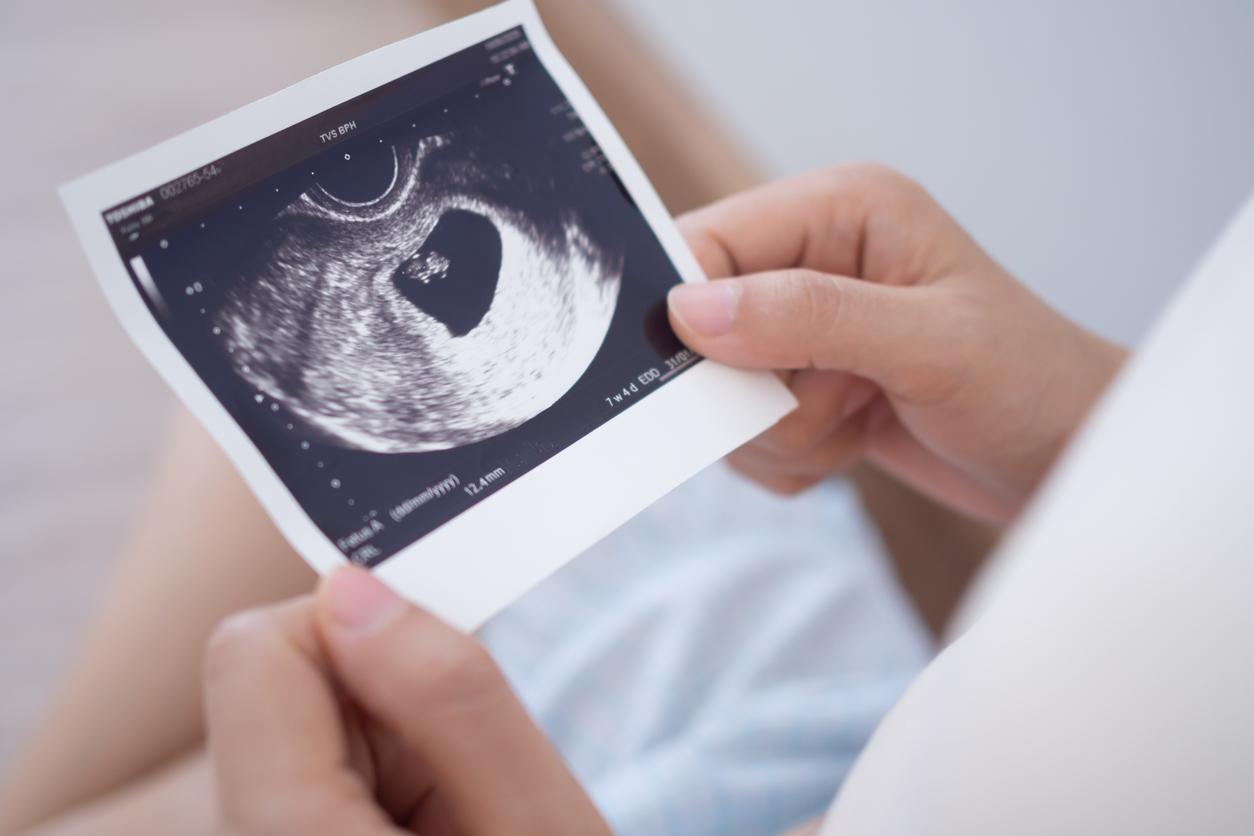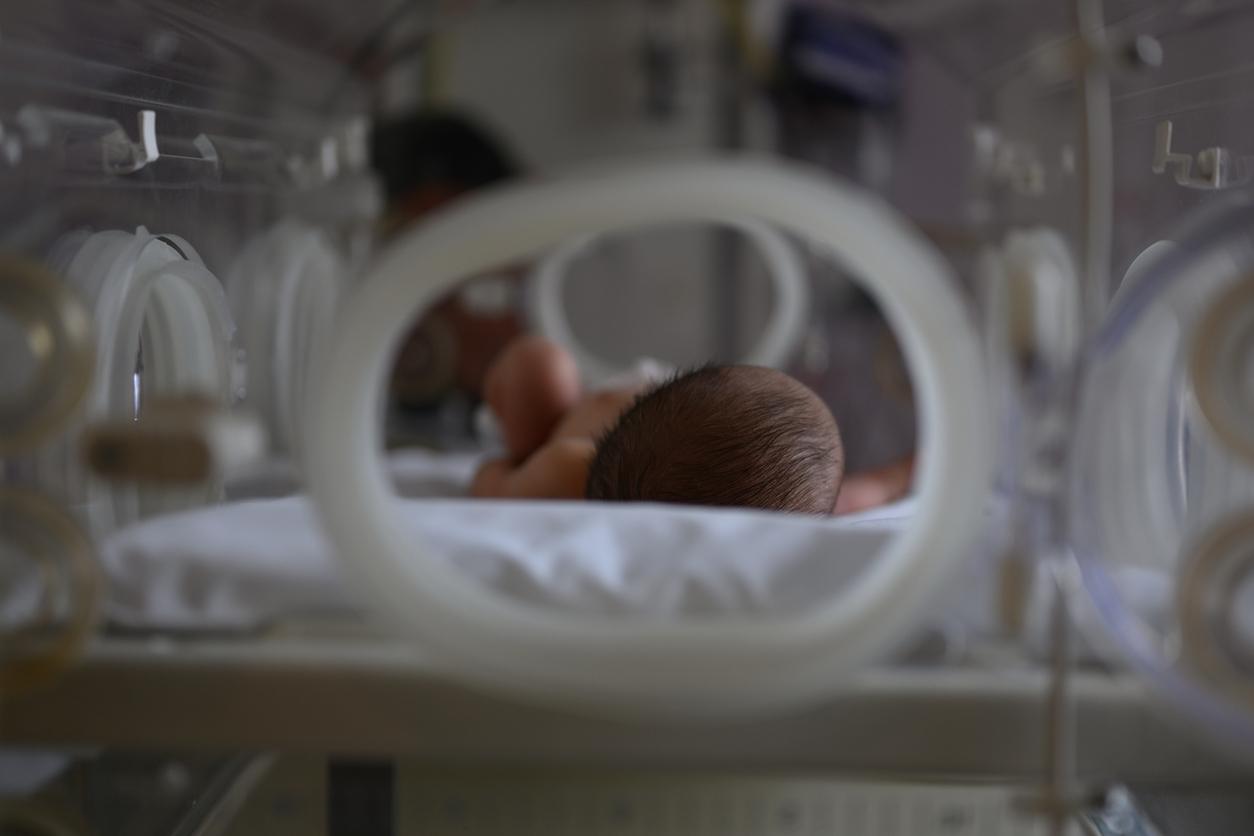There are currently nine human taphonomy research centers around the world. Here’s what they’re for.

- After death, the body cools and stiffens, then relaxes again around the 36th hour.
- Then begins the process of decomposition, also called putrefaction.
Have you ever heard of taphonomy? Nope ? It’s normal. This scientific discipline, which consists in studying the decomposition of human corpses, is quite recent, and in full development.
Nine research centers
Concretely, to work, the researchers pile up the bodies of deceased people (and previously consenting) in open or closed spaces, in order to observe and understand how they evolve over time and on different terrains. There are currently nine human taphonomy research centers (also known as “corpse farms”) around the world: seven in the United States, one in Australia and one in the Netherlands. According to Science Focus, the United Kingdom could be about to open its first structure.
The study of the decomposition of human bodies has many applications in archeology and anthropology, but it is also useful in improving the identification of deceased persons and determining the time of death.
“The Science of the Laws of Burial”
Wider, “taphonomy is the science of the laws of burial. That is, the science that studies the passage from the biosphere (living world) to the lithosphere (mineral world). This includes the study of the mechanisms and modalities of fossilization from the death of an animal, its burial until its discovery in the soil of an archaeological or paleontological site”, explains the site The Conversation.
It was the Russian paleontologist Ivan Efremov, who in 1940 coined the term “taphonomy”, “taphos” meaning “tomb” in Greek, and “nomos”, “the law”.
.

















